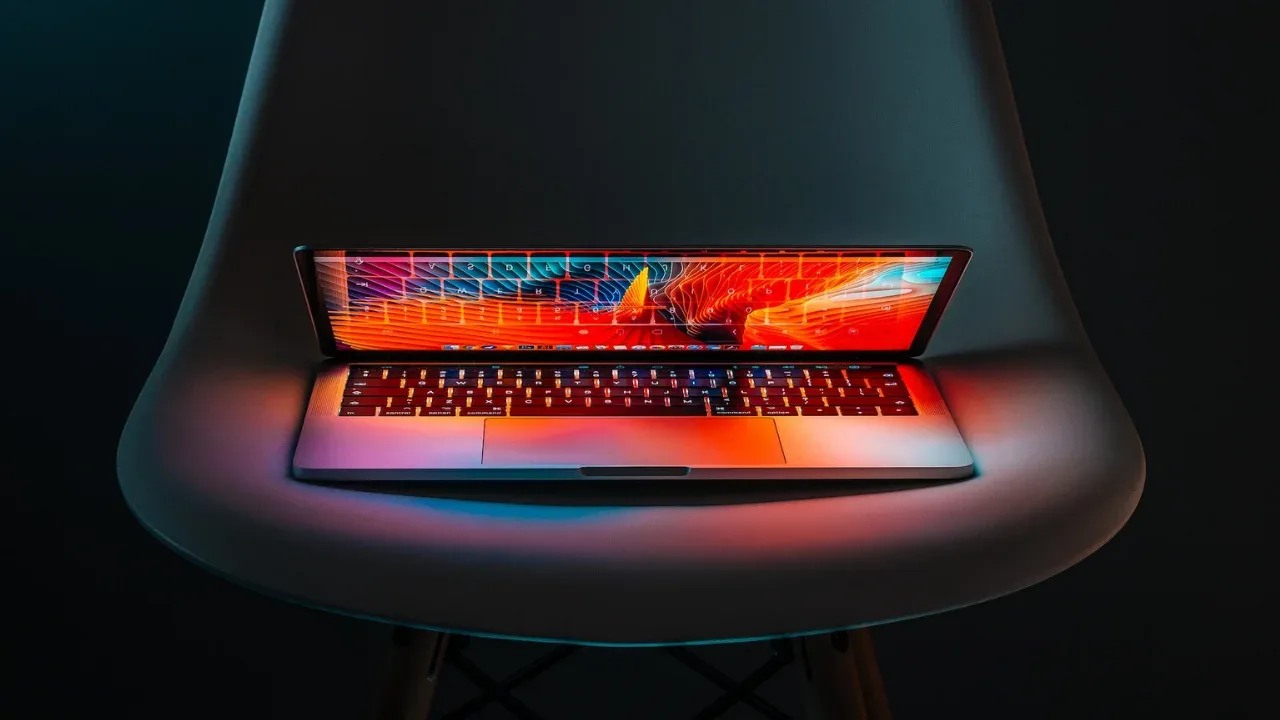Why is the Android emulator so slow? How can we speed up the Android emulator?

Why is the Android emulator so slow? How can we speed up the Android emulator? 😫💨
Are you tired of waiting ages for the Android emulator to start up? Do you find it frustratingly sluggish even when it finally loads? Don't worry, you're not alone! Many developers struggle with the Android emulator's slow performance, but fear not, we have some easy solutions to speed it up! 🚀💪
Common issues and their solutions 🛠️
1. Insufficient hardware resources 💻📉
One of the most common reasons for the Android emulator's slowness is the lack of adequate hardware resources. Running the emulator on a machine with low RAM or a slow processor can result in frustratingly slow performance.
Solution: Upgrade your hardware if possible. If that's not an option, try allocating more RAM and CPU cores to the emulator. You can do this in the AVD Manager settings. By increasing the allocated resources, you can improve the emulator's performance.
2. Outdated emulator version 📱⏳
Using an outdated version of the Android emulator can also be a major cause of its sluggishness. Older versions may lack important optimizations and improvements that are introduced in newer releases.
Solution: Make sure you are using the latest version of the Android emulator. Keep your Android SDK up to date with the latest tools and platform updates. This ensures that you have access to the most optimized version of the emulator.
3. Slow disk I/O 📁💤
The emulator relies heavily on disk I/O operations for loading and running apps. If your disk's read/write speed is slow, it can significantly impact the emulator's performance.
Solution: Consider using an SSD (Solid State Drive) instead of an HDD (Hard Disk Drive) for better disk I/O speed. SSDs are faster and more efficient, resulting in improved emulator performance. Additionally, ensure that your storage drive has enough free space to prevent slowdowns.
4. Inefficient use of emulator settings ⚙️❌
Incorrect emulator settings can also contribute to the sluggishness issue. Using unnecessary features or incorrect settings may put additional strain on your hardware resources.
Solution: Adjust the emulator settings based on your app's requirements. For example, if you don't need GPS or camera functionality for your app, disable them in the emulator settings. Choosing a lower screen resolution and reducing the number of running apps in the background can also help improve performance.
Take action and speed up your Android emulator! 💥💨
Now that you have these easy solutions, it's time to take action and boost your Android emulator's performance! Incorporate these tips into your workflow and enjoy a smoother and faster development experience.
Remember, the Android emulator's performance can vary based on your hardware, the complexity of your app, and the workload on your machine. But by implementing these solutions, you can significantly improve the speed and responsiveness of the emulator.
So don't let a slow emulator slow you down! Try these solutions and share your success stories with us in the comments below. Happy coding! 💻🙌
P.S. If you found this article helpful, don't forget to share it with your fellow developers! Let's help each other out and make Android development smoother for everyone! 🤝📲
Take Your Tech Career to the Next Level
Our application tracking tool helps you manage your job search effectively. Stay organized, track your progress, and land your dream tech job faster.



